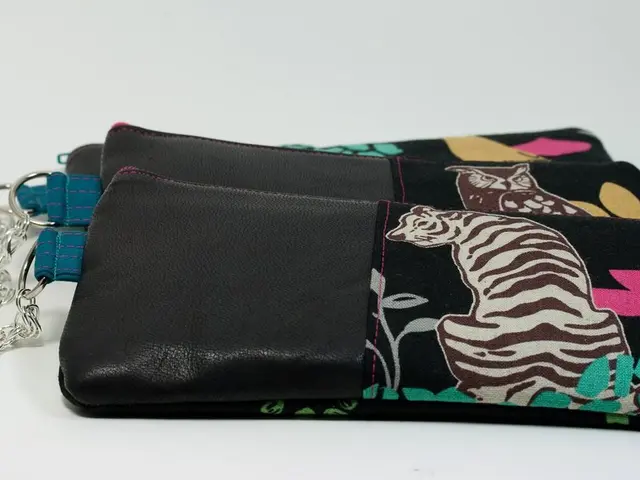Three-part car financing: a guide to acquiring your desired vehicle through three stages
In the world of auto financing, 3-way financing has emerged as a popular choice for individuals who are looking for low monthly payments, flexibility, and the opportunity to drive a new car every few years. This financing method, also known as balloon financing or a loan with a final payment, offers unique advantages and potential risks that every car buyer should be aware of.
At its core, 3-way financing involves three steps: a down payment (optional), low monthly installments, and a final payment for the remaining value of the car. This structure allows buyers to manage their cash flow effectively, as they only need to commit to a large final payment when they are confident they can afford it.
One of the key benefits of 3-way financing is its flexibility. Buyers have years to decide whether they really want to purchase the car, providing the opportunity to change their minds without incurring significant financial penalties. The installment phase typically lasts between 2 and 4 years.
However, there are some potential drawbacks to consider. The final payment in a 3-way financing arrangement can be quite high, often making up more than 50% of the total purchase price. For example, a final payment for a €30,000 car could be as much as €15,000. If buyers cannot afford this high final payment, they may need to take out another loan, which could result in higher interest rates and an overall increase in the cost of the car.
Another risk associated with 3-way financing is the potential for higher monthly installments if a down payment is not made. If you don't have the money for a down payment at the time of buying the car, you can choose to forgo it, but you will have to pay higher monthly installments or a higher final payment as a result.
It's also important to note that with 3-way financing, the risk of rapid vehicle value loss lies with the buyer. If the car is worth less than expected at the time of contract, the buyer has to pay for damages or wear and tear. Additionally, if you drive more kilometers than contractually agreed, the car loses value, and you have to compensate the dealer for it.
When choosing 3-way financing, it's crucial to clarify with your car dealer or bank whether you want to make a down payment and how high it should be. Banks that offer 3-way financing for used cars include banks affiliated with car dealers as well as some direct banks. This financing is often available through the dealer's contract bank, though options are usually limited to one or two banks.
In conclusion, 3-way financing offers a unique blend of benefits and risks for car buyers. By understanding these factors, you can make an informed decision about whether this financing option is right for you. Whether you're looking for low monthly payments, flexibility, or the opportunity to drive a new car every few years, 3-way financing could be the perfect choice.
Read also:
- Peptide YY (PYY): Exploring its Role in Appetite Suppression, Intestinal Health, and Cognitive Links
- Toddler Health: Rotavirus Signs, Origins, and Potential Complications
- Digestive issues and heart discomfort: Root causes and associated health conditions
- House Infernos: Deadly Hazards Surpassing the Flames








